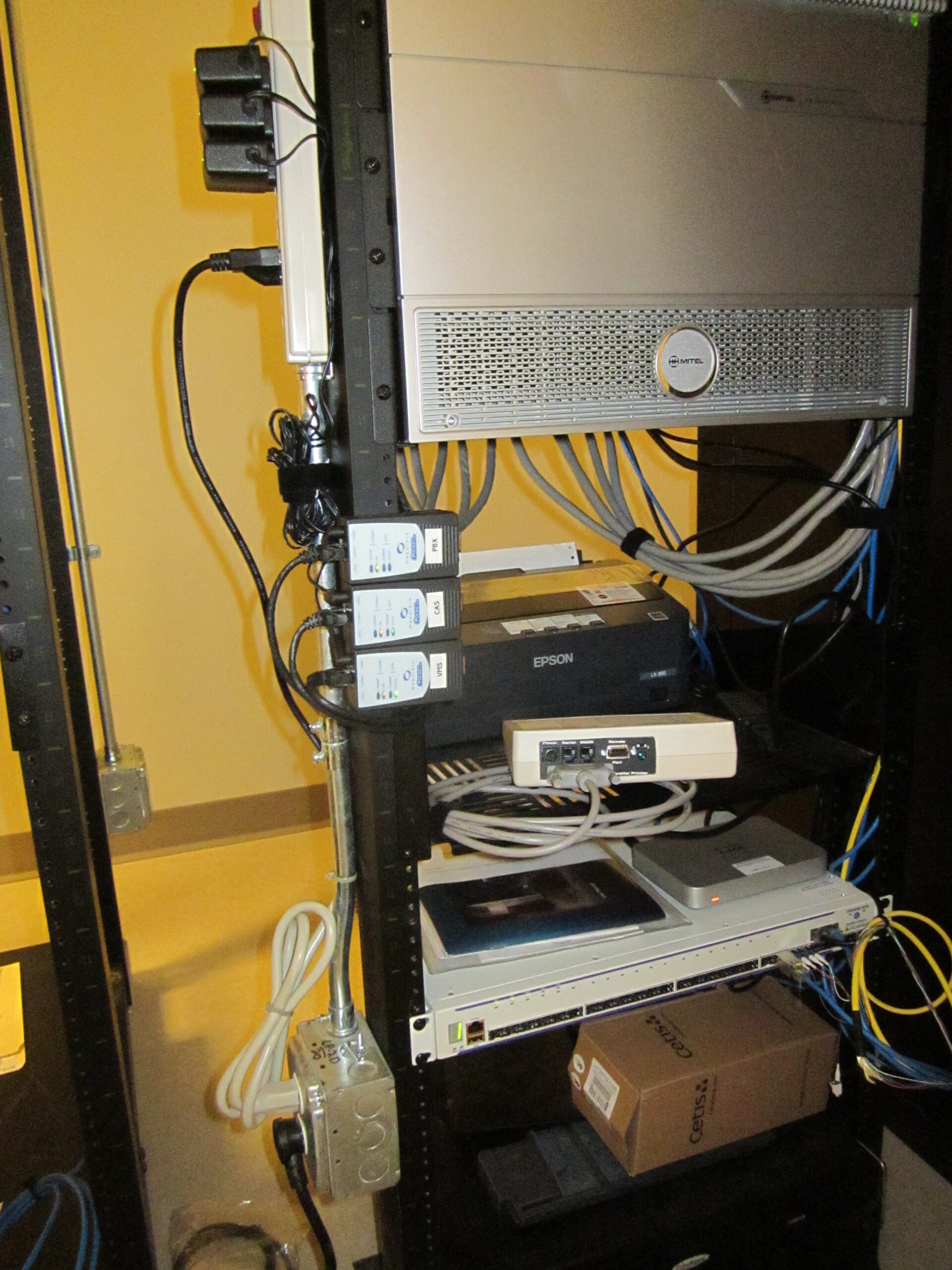Property Management Systems (PMS) play a crucial role in managing guest services in the hospitality industry, especially when integrated with Mitel’s SX-200 ICP and Emem Voicemail systems. This integration facilitates the automation of guest check-in, check-out, and other essential services by ensuring seamless communication between the PMS, PBX, and voicemail systems. In this detailed article, we will explore the protocols used, the setup process, and best practices for testing and troubleshooting PMS integration.
1. Overview of PMS Integration with the SX-200 ICP
The SX-200 ICP (Integrated Communications Platform) supports the integration of a PMS with both the PBX and the embedded Emem voicemail system. However, these connections are independent of each other, requiring separate messages to be sent from the PMS for each transaction.
- PBX Integration:
- The PBX uses the Logistix protocol to manage communication with the PMS. This protocol handles functions such as enabling room phones and setting call privileges.
- Voicemail Integration:
- The voicemail system typically uses Hyatt-Encore or HIS protocols. These protocols manage the activation of voicemail boxes and messaging services for guests.
Each protocol operates independently, and specific configurations are required to ensure that both the PBX and the voicemail system receive and process the correct information.
2. Understanding the Logistix Protocol for PBX
The Logistix protocol is used to send messages to the PBX, primarily for controlling room phone settings. These messages are typically 10 characters long:
- Message Format:
- The first 3 characters represent the function code.
- The next 2 characters represent the status of the function.
- The last 5 characters represent the room number (padded with spaces if necessary).
Example:
To turn on the message waiting light (MWL) for room 5101, the following message would be sent:
^BMW-1--5101^CWhere:
^B= Start of TextMW-1= Function code and status--5101= Room number (spaces are used for padding)^C= End of Text
PBX Configuration:
- Form 12: Program the appropriate PLID (e.g., 1/13/20 to 1/13/28) with an extension number, COS, DTE profile, and CDN.
- Form 34: Assign the PMS to the extension number created in Form 12.
3. Hyatt-Encore and HIS Protocols for Voicemail
These protocols are similar, with the key difference being that HIS allows for variable-length messages, while Hyatt-Encore messages are always 16 characters long. Both protocols require an LRC (Longitudinal Redundancy Check) to validate messages.
Message Format:
- Hyatt-Encore Example:
^B25101\\\\\\\\^C4^B= Start of Text2= Function code for check-in5101= Room number\= Space padding (Hyatt-Encore requires the message to be 16 characters long)^C4= End of Text with LRC4
Calculating the LRC:
To ensure data integrity, the LRC is calculated by converting each character in the message (excluding ^B and ^C) to its hexadecimal value, performing an XOR operation on these values, and converting the result back to a character.
- Example:
- For the message
^B25101^C, you would convert each character to hex, XOR the values, and convert the result back to a character to obtain the LRC.
Voicemail Configuration:
- Form 49: Set the protocol type, defaulting to Hyatt-Encore.
- System Options: Ensure that option 124 is enabled for voicemail PMS functionality.
4. Physical Connections to the PMS Server
With modern SX-200 ICP systems, telnet sockets are used for PMS connections rather than traditional datasets. If your PMS supports telnet, it can connect directly to the PBX. If not, a serial-to-telnet conversion device like the Precidia iPocket232 is required.
- Telnet Configuration:
- Program the correct PLID in Form 12 with a socket number (e.g., 61320 for 1/13/20).
- The Precidia device or PMS server must telnet to the correct IP address and socket number.
5. Testing PMS Integration
Testing ensures that the PMS is correctly integrated with both the PBX and the voicemail system.
PBX Testing:
- Telnet to PBX: Use a telnet client to connect to the IP and socket of the ICP (e.g.,
telnet 192.168.1.2 61320). - Check-In Simulation: Send a check-in command and verify that the phone can make external calls. A check-out command should prevent external dialing.
Voicemail Testing:
- Telnet to Voicemail: Connect to port 6830 (e.g.,
telnet 192.168.1.2 6830) and send check-in/check-out commands. - Message Waiting Indicator (MWI): Verify that the MWI behaves as expected when a guest checks in and out.
6. Troubleshooting Common Issues
If issues arise during testing, here are some common troubleshooting steps:
- Verify LRC Calculations: Double-check your LRC calculations using the ASCII conversion chart.
- Network and Connectivity: Ensure that the telnet connections are properly configured and that there are no network issues.
- Message Formats: Ensure that message strings conform exactly to the protocol specifications, including padding and control characters.
7. Best Practices for PMS Integration
- Regular Testing: Regularly test the integration to catch any issues before they affect guests.
- Documentation: Keep detailed records of all configuration settings and changes.
- Training: Ensure that staff are trained on how to handle PMS-related issues and understand the importance of correct message formatting.
Conclusion
Integrating a PMS with the Mitel SX-200 ICP and Emem Voicemail systems requires a clear understanding of the protocols involved and careful configuration of both the PBX and voicemail systems. By following the steps outlined above, you can ensure a smooth and reliable integration, providing a seamless experience for hotel guests. Regular testing and troubleshooting are essential to maintaining the integrity of the system and ensuring that guest services are not disrupted.

